By Hannah Willis, 2022 IBO Field Technician, IMBCR and Cassia Crossbill projects
The day starts early when conducting surveys for the Cassia Crossbill, with a beautiful fall sunrise and a quick morning cup of coffee to get warm. This species, which is restricted to the South Hills and Albion Mountains of Southern Idaho, is the only endemic bird in Idaho and unique among crossbills in North America. This is quite a significant designation, considering that there are hardly more than a dozen endemic birds in the lower 48, a large number of these found in coastal California.
Losing this species would be like losing a whole shelf of original texts in a library of ecology and evolution that are not replicated anywhere else.
Cassia Crossbills have coevolved with Lodgepole Pine trees. Lodgepoles in the Albions and South Hills have in turn evolved in the absence of tree squirrels (since tree squirrels coexist with lodgepole in most other areas) to have larger and tougher serotinous cones than Lodgepoles found anywhere else in the United States.
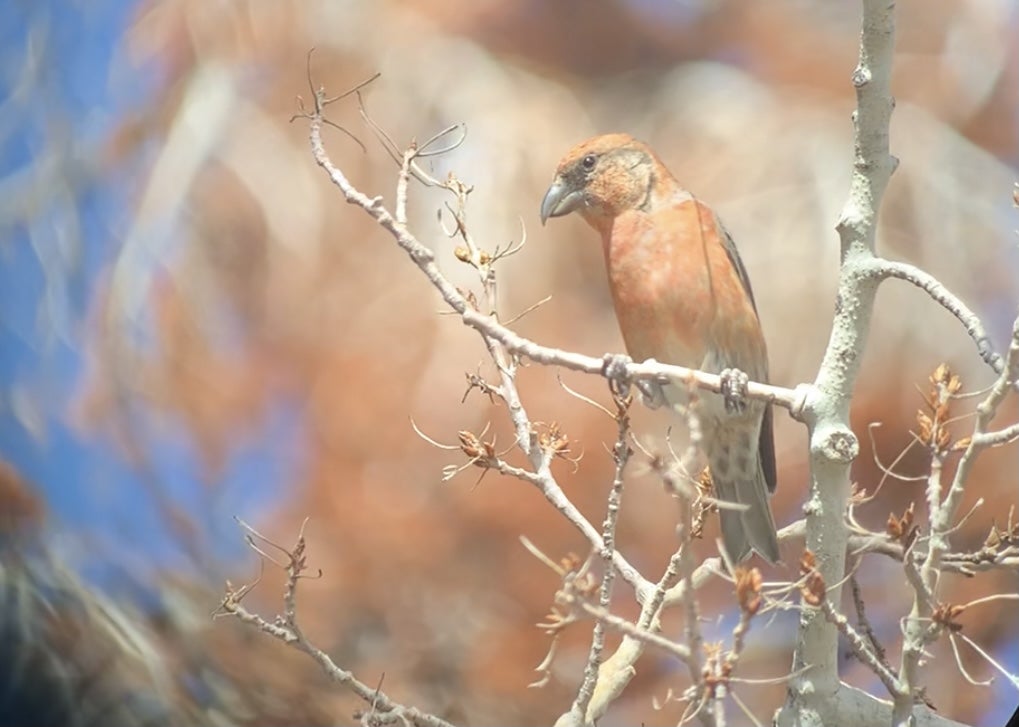
In early 2021, Intermountain Bird Observatory (IBO) joined together with several stakeholders to organize the most intensive survey effort of the species to date. This project was continued in 2022, thanks to support from the US Fish & Wildlife Service, Idaho Department of Fish & Game, the US Forest Service, Tracy Aviary, and Dr. Craig Benkman at the University of Wyoming.
The survey season for Cassia Crossbills begins in late July and then resumes again in mid-September, timed to match historic surveys going back to 2003. It seems fitting to watch the aspen leaves change from green to yellow and red just as the stunning male Cassia’s are counted under the curious eyes of field technicians.
The entirety of the South Hills brings a reminder of change, from the patchy lodgepole and subalpine fir forests to the sagebrush hillsides that separate them.
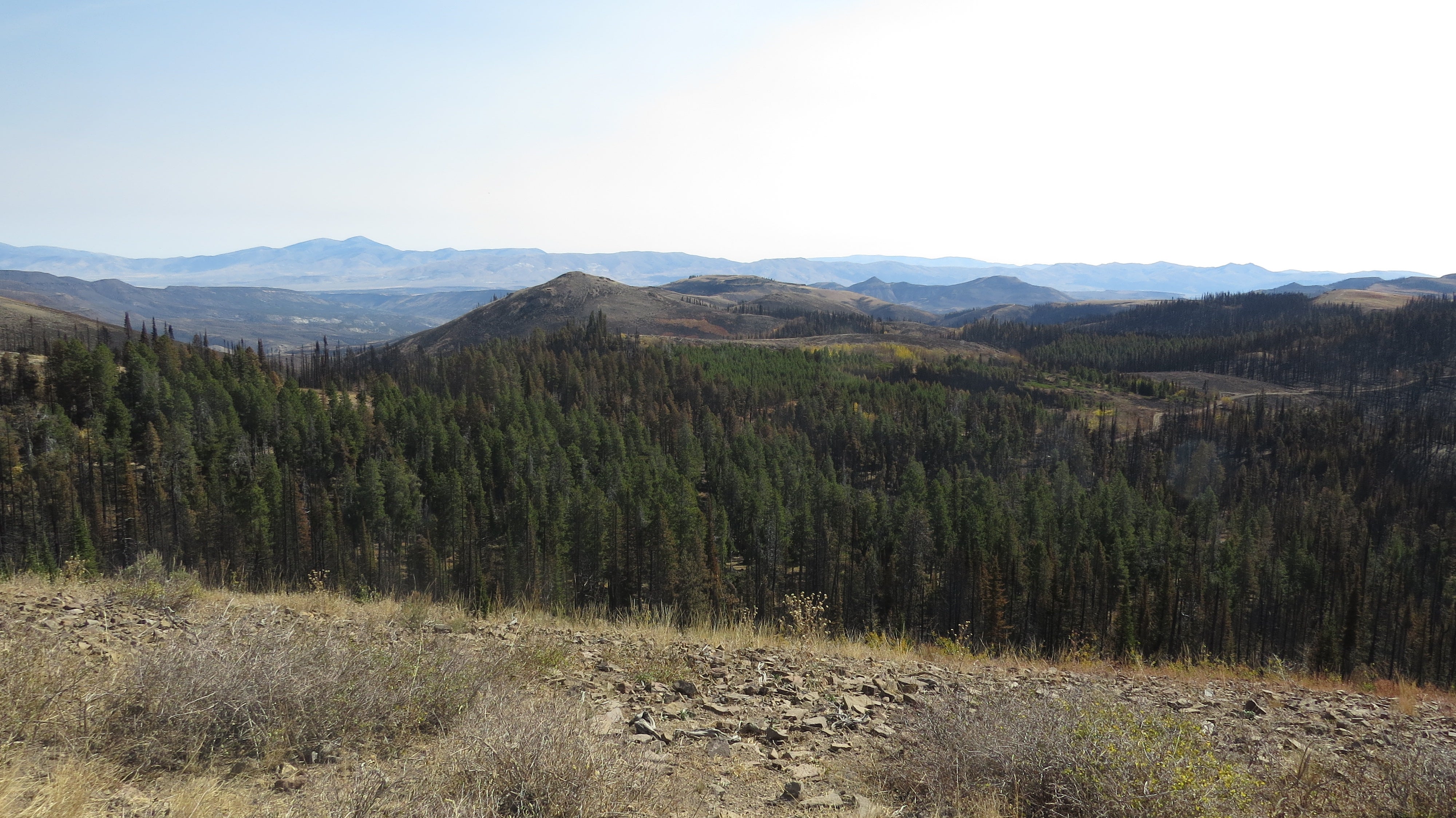
Interspersed throughout this landscape are areas of intense burn from the 2020 Badger Fire, which is speculated to have burned up to 25% of lodgepole habitat in the crossbill range. It’s clear when gazing at piles of charred lodgepole cones on the ground that fire poses a threat to the stunning large-beaked birds that rely primarily on seeds hidden within serotinous cones.
Fire isn’t the only threat that faces the Cassia Crossbill.
At nearly every stand of lodgepole, significant numbers of trees share a space with a parasitic plant known as dwarf mistletoe. The invader causes the lodgepole to grow irregularly, creating big clumps of branches, with some areas completely void of them. While some infections can kill the tree, mistletoe typically acts as a parasite, siphoning away minerals and nutrients. We observed that many of the lodgepole pines heavily infected with mistletoe also often have reduced numbers of cones.
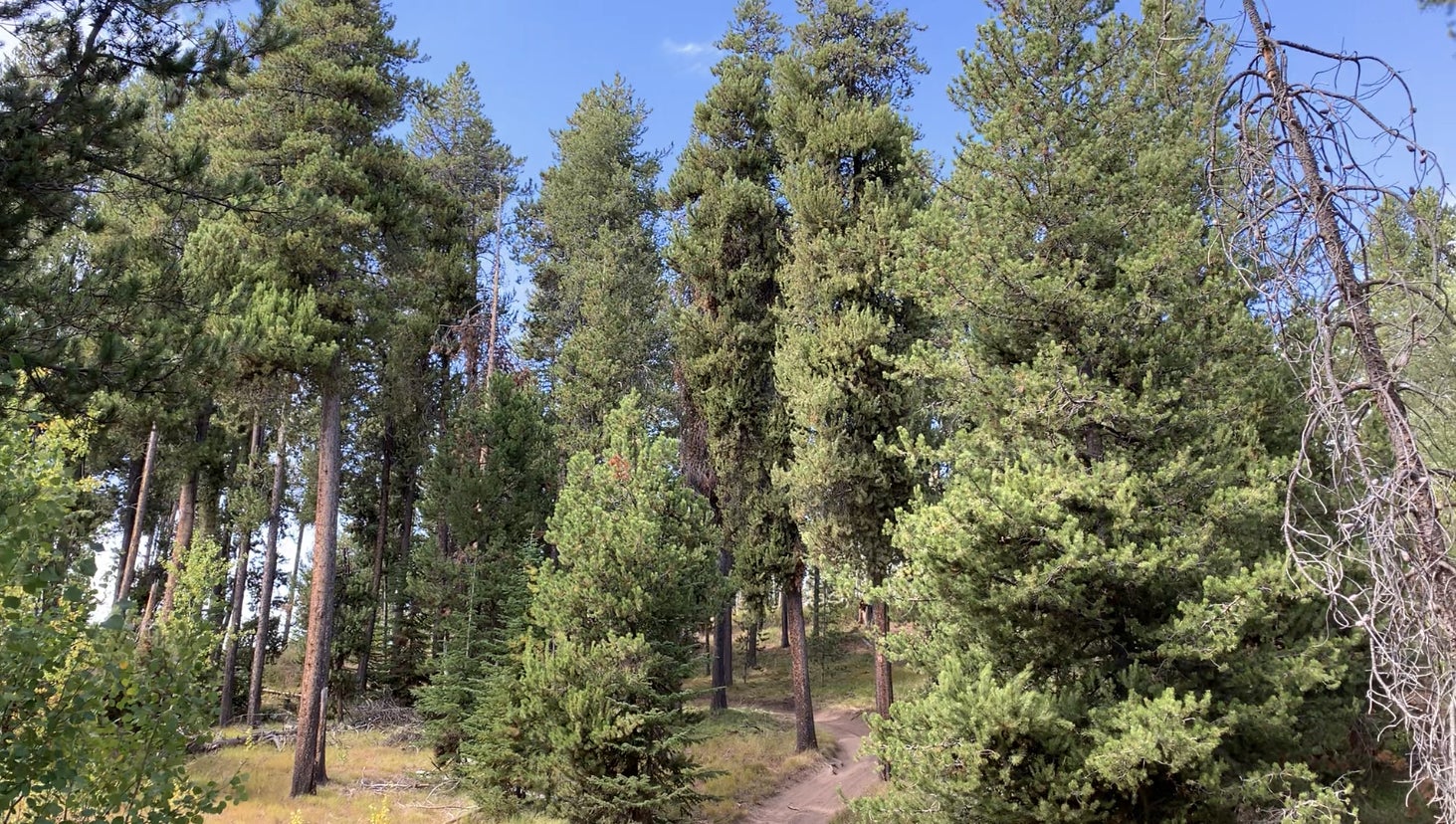
This in turn could affect future cone crop food sources for the endemic crossbill.
The South Hills see quite a bit of activity from recreationists, hunters, and firewood-cutters as well. Woodcutting is restricted mostly to previously burned areas. Regardless, the presence of Cassia Crossbills is still noted in some of the lesser-burned areas, and the species has even been documented feeding on some of the leftover cone crop there.
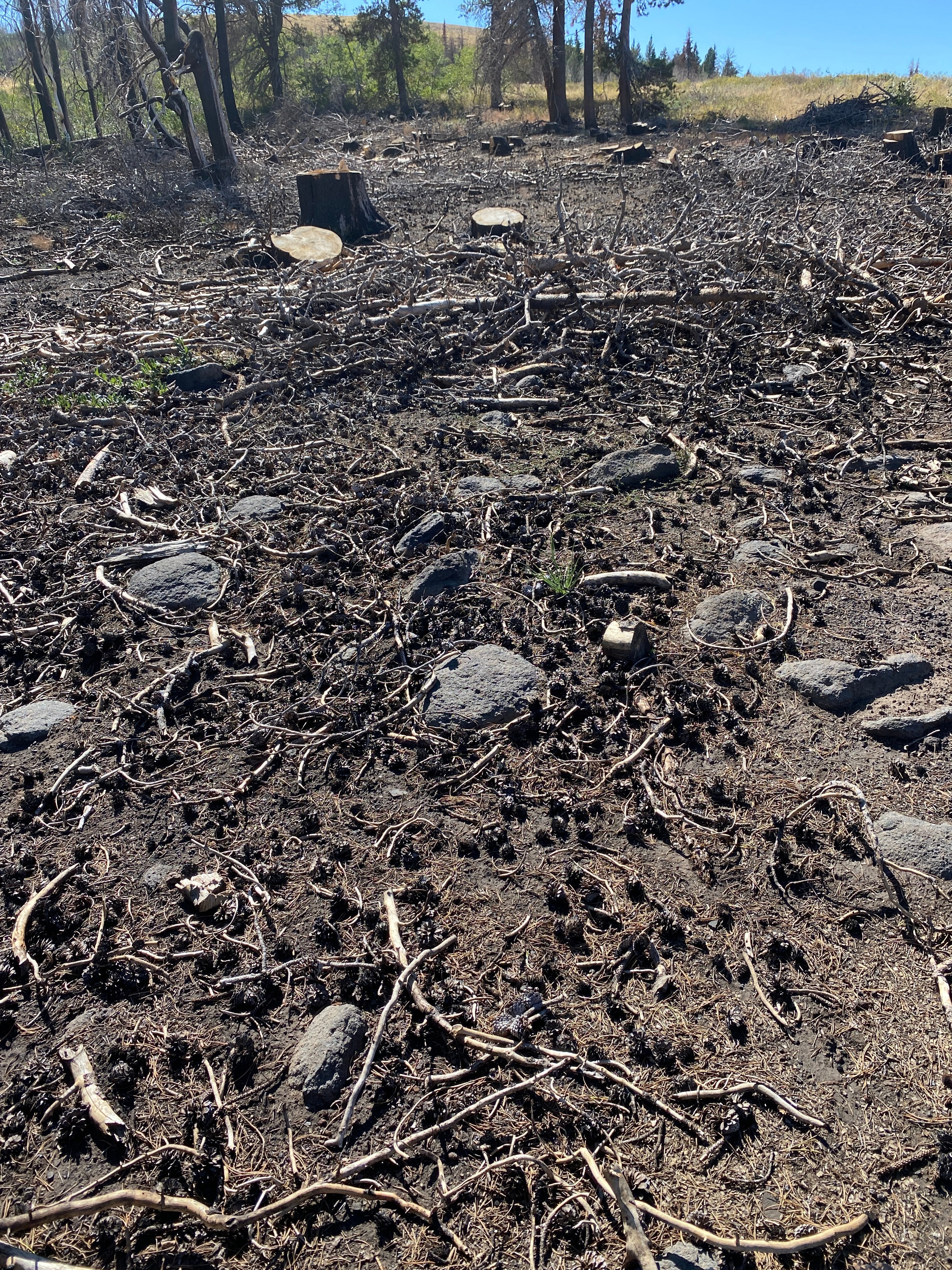
Another worry comes from the likely promise of increased temperature as a result of a changing climate.
More stretches of consecutive hot days mean more cones opening prematurely, and thus more lost seeds. The culmination of all these different threats could mean an overwhelming loss of habitat for this unique species of finch.
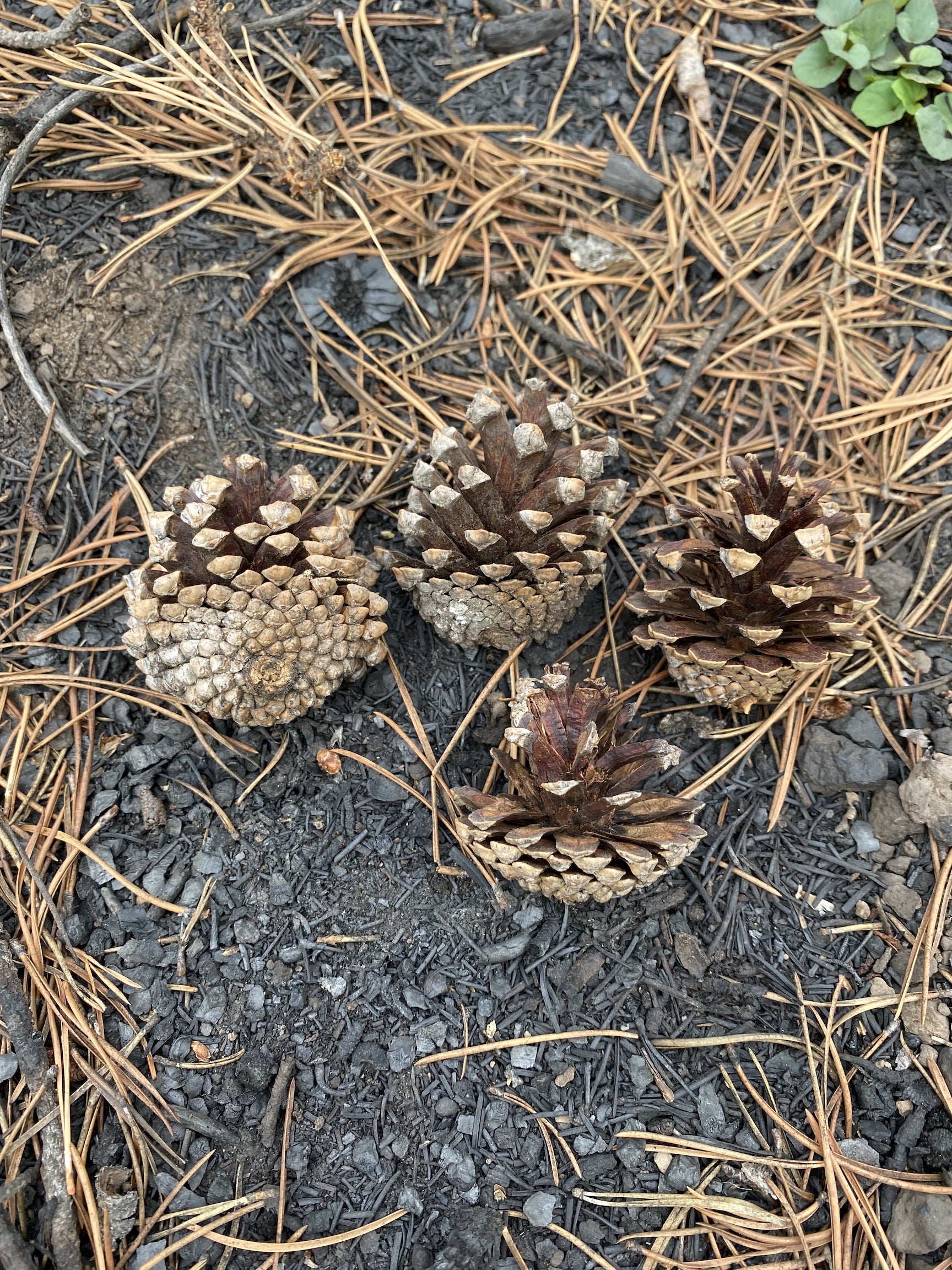
Though no lack of hardships, the South Hills boasts of resiliency and life.
Northern Goshawks reside here in amazing numbers and you’d be surprised if you didn’t see a moose every time you came near a patch of willows. In addition to Cassia Crossbills, several types of Red Crossbills can be heard across the soundscape. The only animal that would have been surprising to see or hear would be a red squirrel, having grown familiar to the sound in adjacent lodgepole forests across the border in Utah.
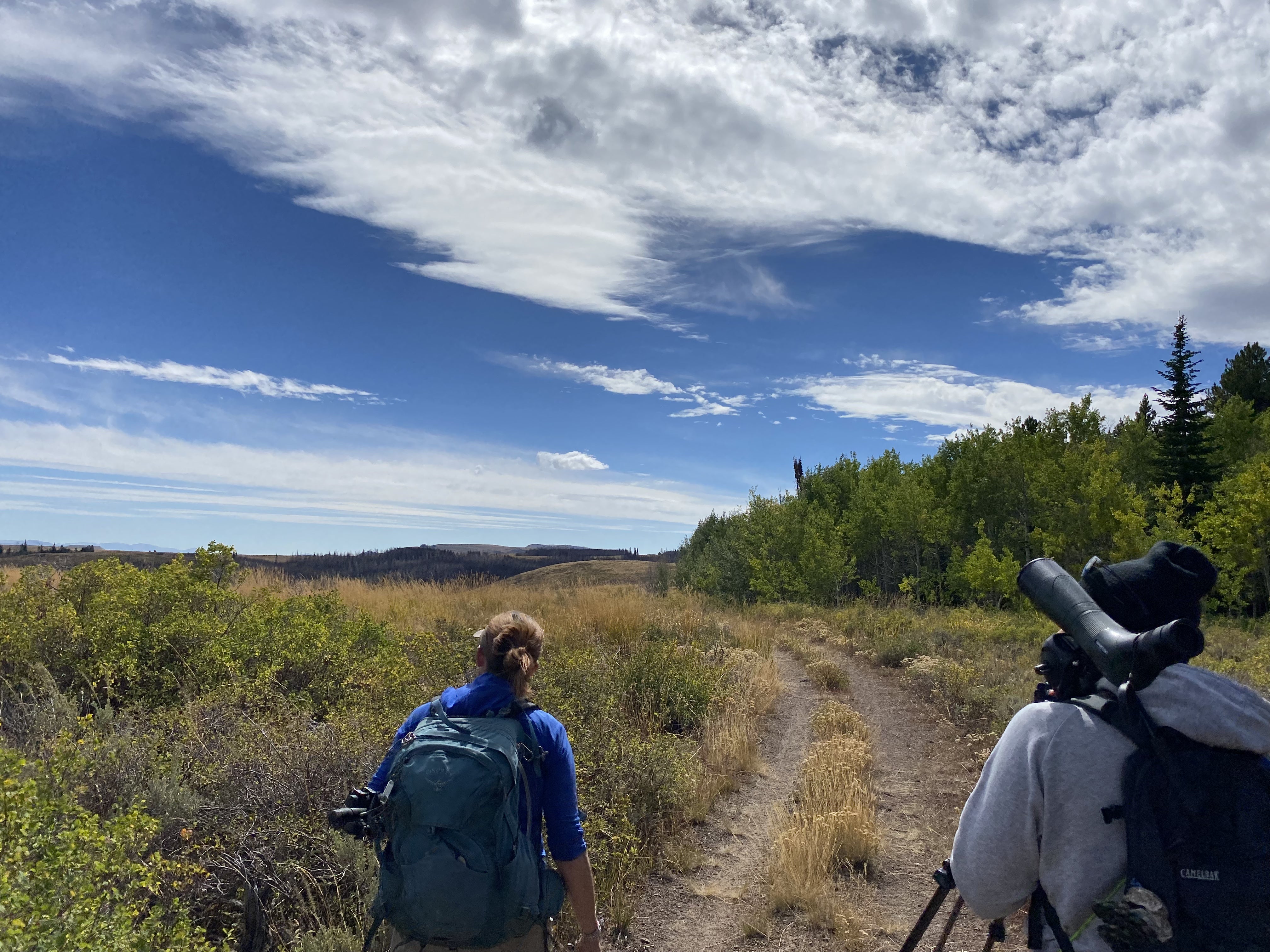
IBO is still analyzing data from this year and is working with partners, previously mentioned, to create habitat management recommendations regarding how best to carry out habitat conservation for the Cassia Crossbill.
If anything, these threats highlight the need now more than ever.
It’s our hope to get to spend time listening to the unique dry and chunky “dip-dip-dip” call of these birds for many years into the future!
Be sure to check out 2022 field biologist Jennifer Boisvert’s interview on the Cassia Crossbill project with Boise State Public Radio!
This article is part of our 2022 end of the year newsletter! View the full newsletter here, or click “older posts” to read the next article.
Make sure you don’t miss out on IBO news! Sign up to get our email updates.